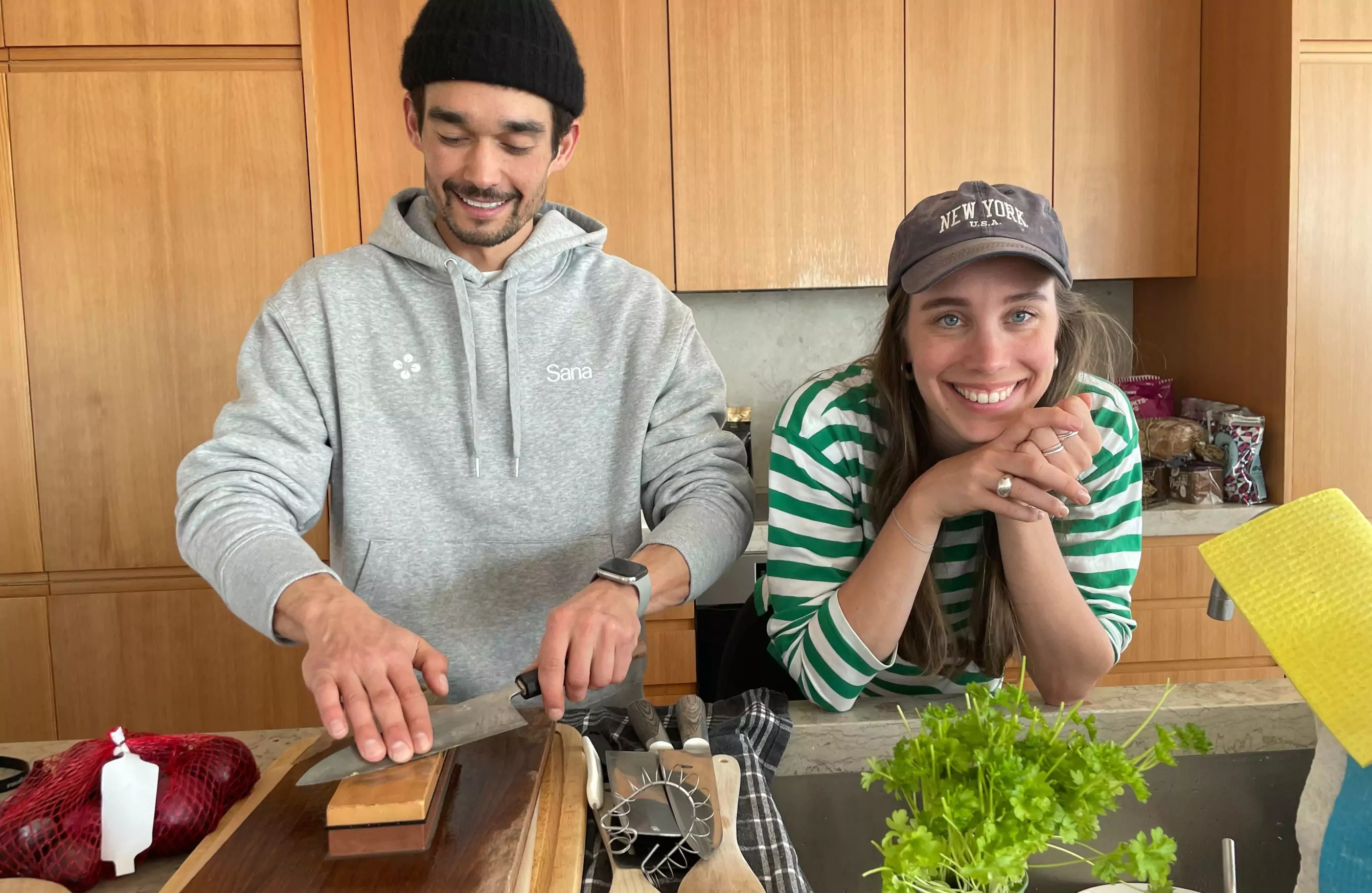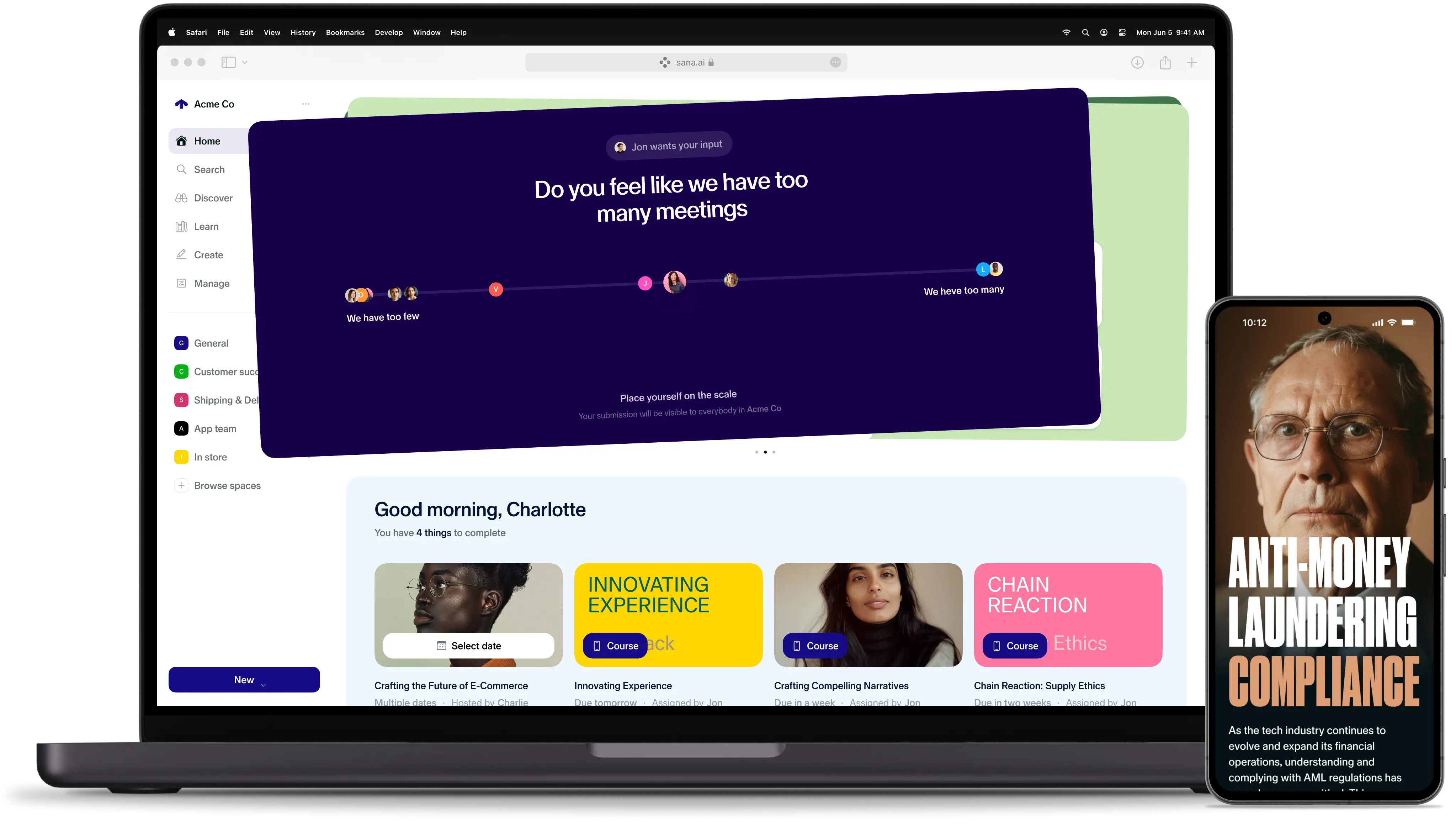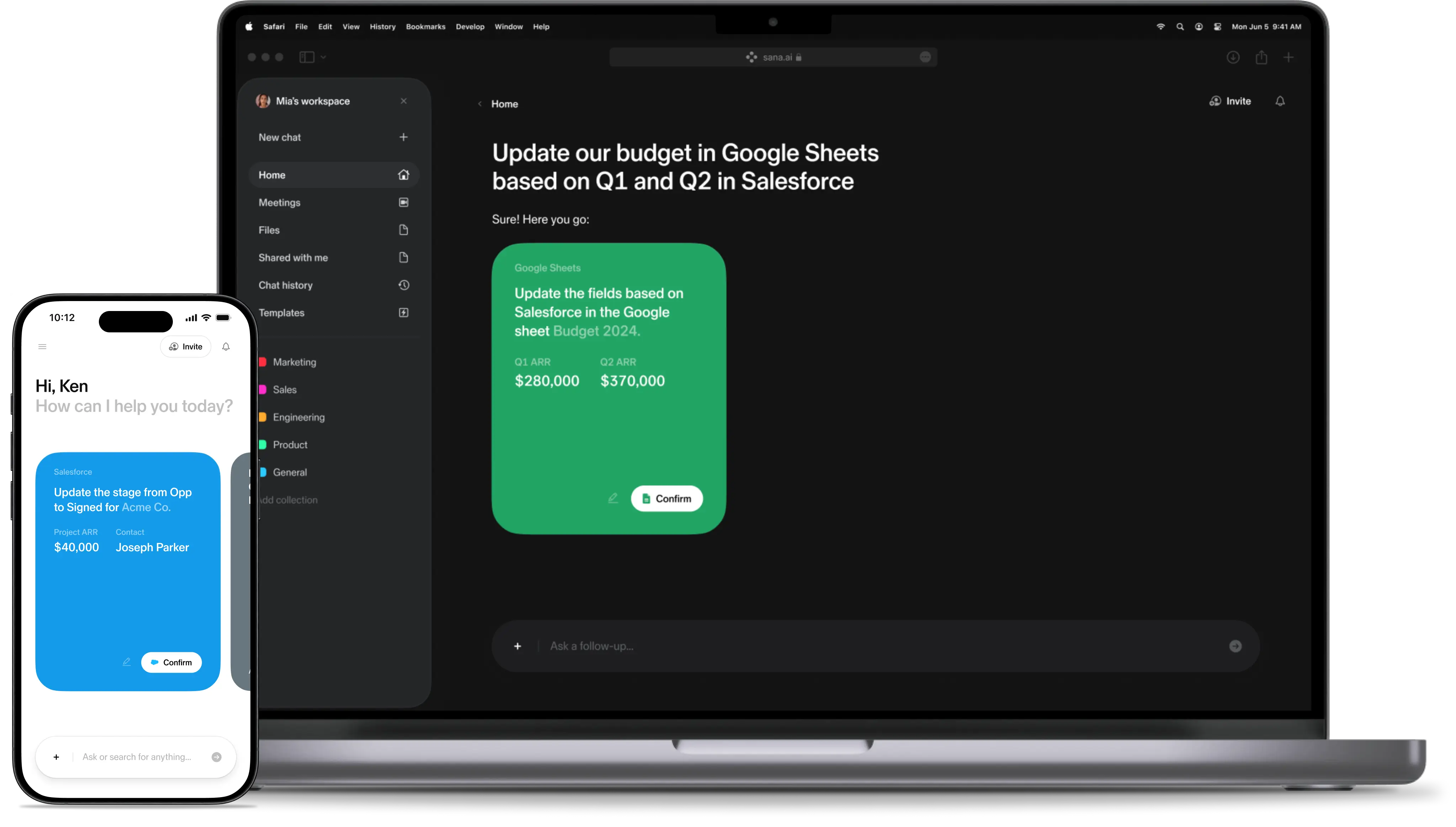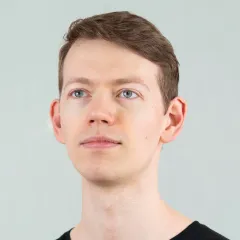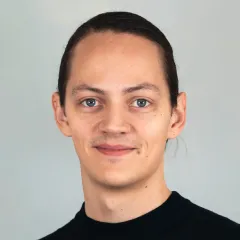The role of delight in product development. Behind the scenes of Sana’s latest Kano week.
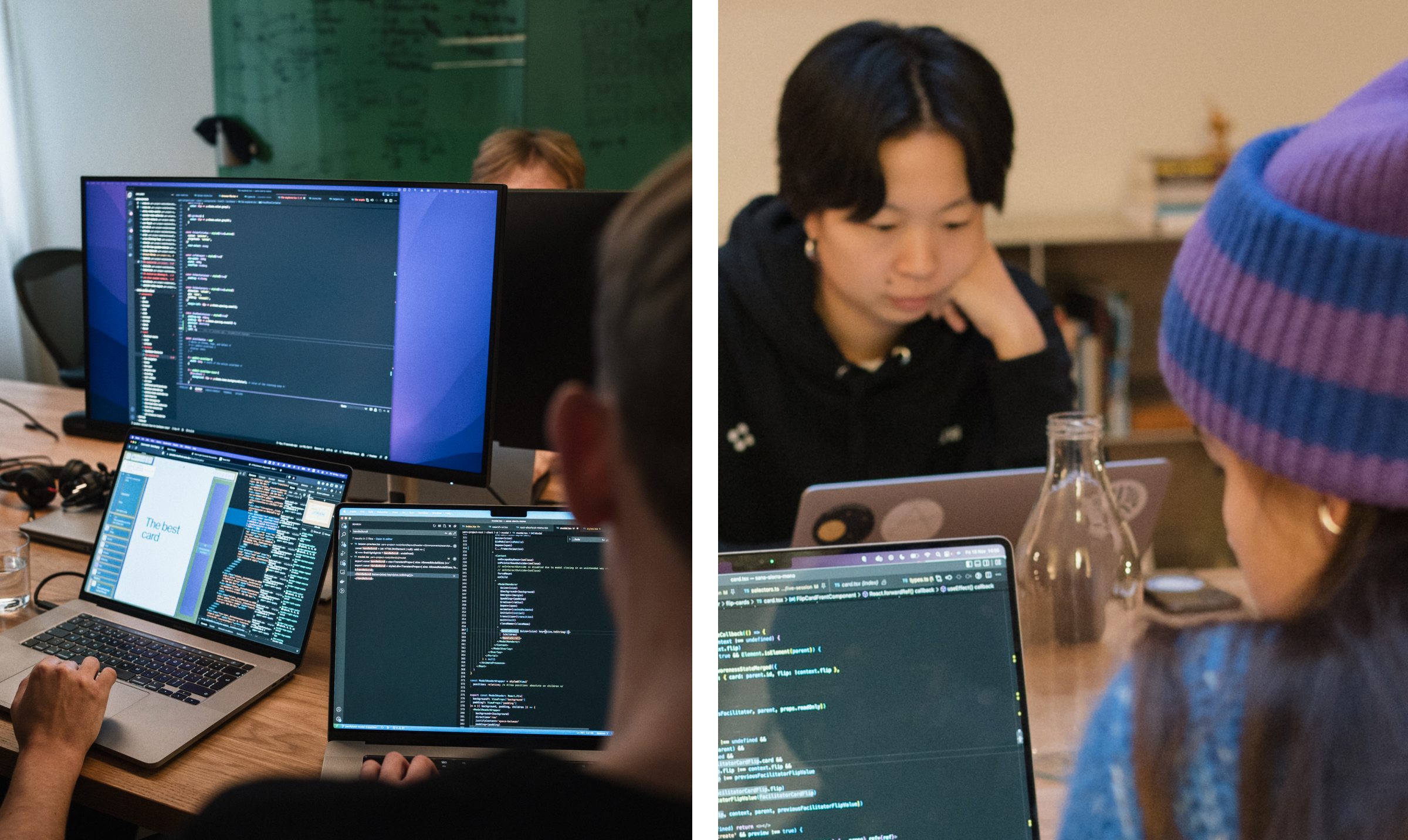
Two weeks ago, the Sana Product organization put the roadmap aside and spent five days exploring how to delight our users.
This quarterly Sana ritual is called Kano week. It's rooted in a philosophy that helps us build a better learning product, and we've adapted it so that we can build a better team too.
Here's everything you need to know about Kano at Sana.
Better products are joyful products. The Kano theory.
The Kano model is a theory for product development and customer satisfaction. It was developed in the 1980s by Professor Noriaki Kano. The core idea is that when product development focuses on basic needs and core functionality, the end-user's satisfaction is capped.
Kano argued that better products are made by delighting end-users. By moving our focus from fixing functional problems to creating delight and joy, we can create a product that delivers more value to users.
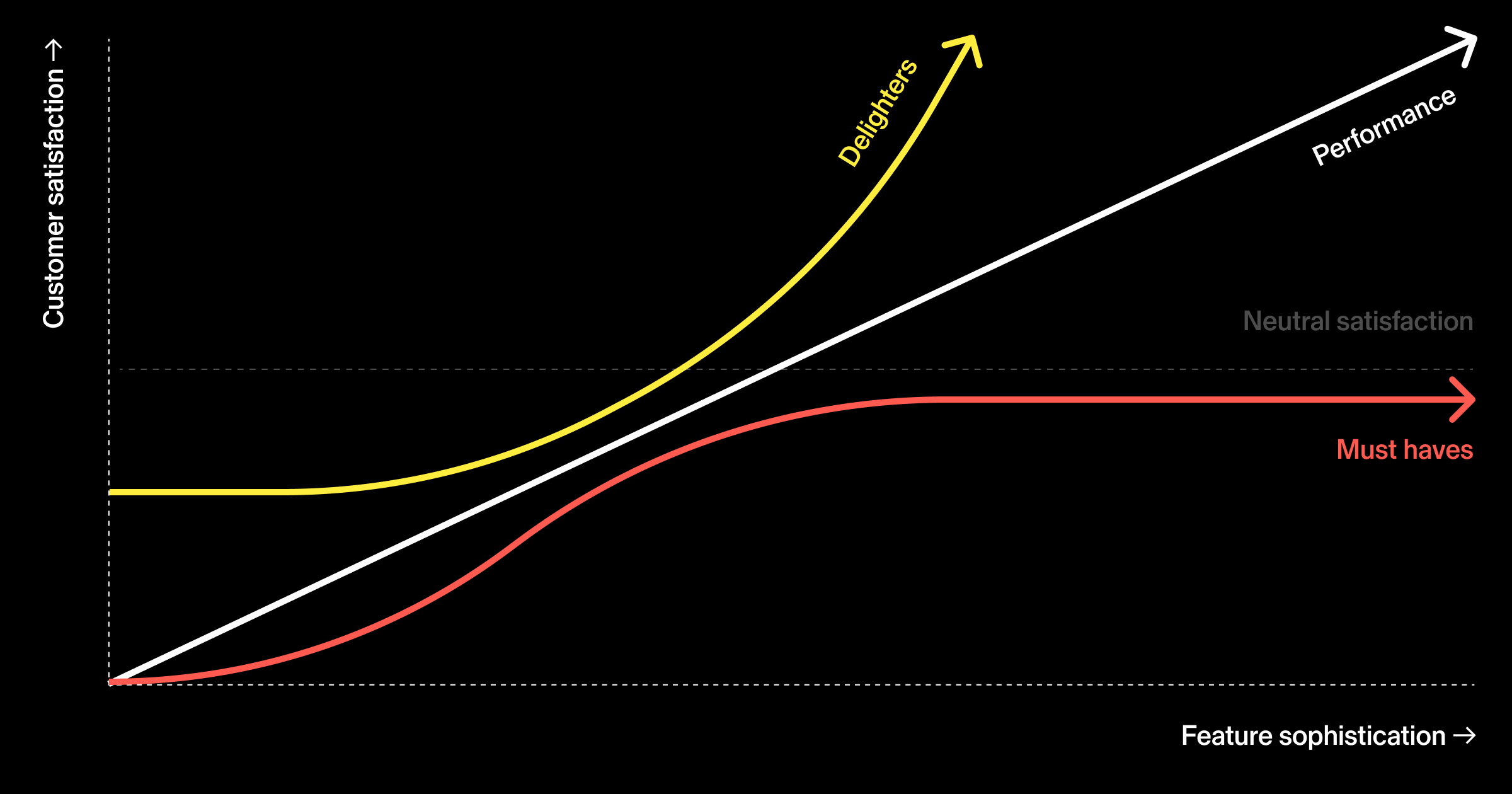
Our work always includes the Kano model. But to embed the principles and allow more creative ideas to emerge, we've evolved the model into a dedicated full-week Kano sprint. We run these Kano weeks quarterly. They're the perfect opportunity to follow our curiosity and focus on joy.
A week dedicated to delight. Why we Kano.
Working with our passions makes problem-solving more rewarding. Kano weeks provide a space for people to be creative. From that creativity, we can create joyful features for our products. An important part of the Kanomodels is enjoying forgetting about 'success' and 'failure'. Do experiments always work? No! But will the team have learned about lateral thinking, creativity, and what delights people? Will they have pushed and tested your tech and had different conversations that sparked new avenues of thought? Yes.
Kano weeks connect with one of our leadership principles, 'Search for global maxima'. In mathematics, a local maximum is the greatest possible value in a given area, while the global maximum is the actual greatest possible value. So when we say 'search for global maxima', we mean steering away from incremental improvements in favor of significant developments. We like to say, "if you get stuck in the local maximum, you're too busy putting out fires to realize the whole forest is burning." To put this into context: our regular work is developing Sana. We allocate time carefully and scope our projects well. Kano weeks provide freedom to disconnect from our current responsibilities. We encourage people to work in different groups and have fun solving emerging roadblocks together. It's a week where we all get to tap into our zones of genius and think beyond functional improvements.
Happy team. Happy product.
It sounds simplistic, but happy teams do make happy products. Following our curiosity and digging into a fun problem is how we love to learn. And that joy? It filters through to the platform. The Infinite Game is central to our thinking at Sana; we're never done. Kano weeks encourage us to have fun, to think up ways to make learning more delightful. To ask: how can we make Sana even more joyful to interact with?
Playing with different skill sets provides a creative rest and reset for our team. Designers are jumping into code, coders are suggesting changes to features in Figma, and several iterations can happen in a single day. We allow ourselves to cut corners, to explore. We iterate quickly to find the most impactful end-result.
This week-long break from the day-to-day requires presence and energy, but it also gives tremendous energy. It reinvigorates the team's joy for their work. At the end of a Kano week, they return to regular projects filled with new perspectives and ideas.
How does a Kano sprint work in practice? A week or two beforehand, every Sanian across the company, including the commercial team, shares their ideas for new features. Then a few days before kick-off, all Kano participants choose their favorite problems and form new teams. To keep the ideas flowing and groups mixing during the week, we have daily lunches and fikas (coffee breaks). By Friday, the product demos are ready. The entire company gathers and brings out the popcorn, eager to see what's been built and celebrate the process. There's no better way to round off a week than with a Kano demo.
From idea to execution. What we built.
So, what did we build this time?
We worked up 17 potential new product features ranging from big to small. That's the fun thing about optimizing for end-user satisfaction: sometimes, you achieve it by working on complex, ambitious problems; sometimes, the delight comes from paying attention to the details.
This time, our most ambitious idea was Universal Search—utilizing AI to make an entire company’s knowledge searchable within Sana. The vast majority of institutional knowledge is scattered across dozens of apps, stuck in people's heads, and trapped in analog formats. Imagine how much faster we could achieve our missions with all that knowledge at our fingertips? That was the insight behind Universal Search. It’s an incredibly exciting new product feature in Sana; Kano gave us the opportunity to take the experience to the next level.
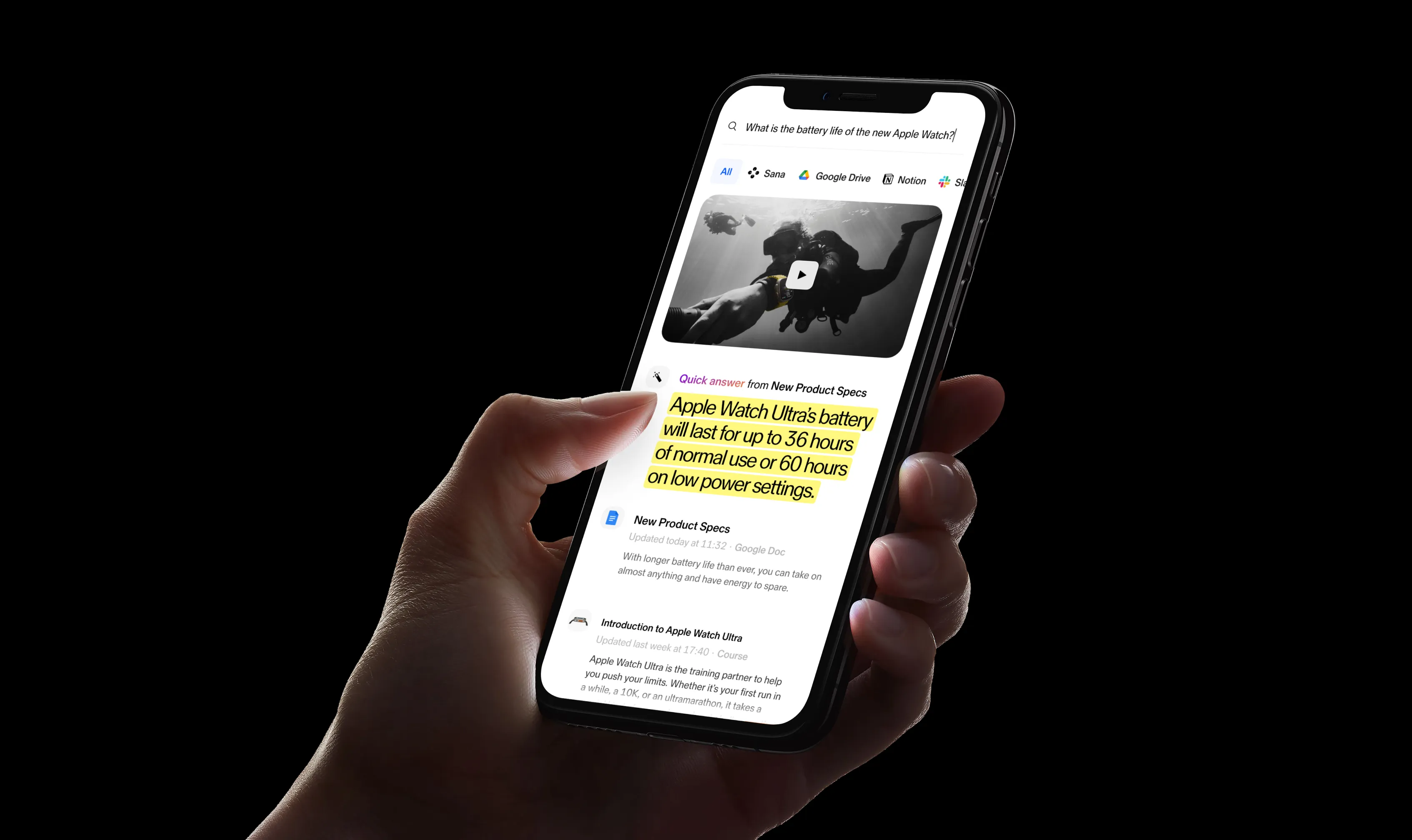
On the delightful details end of the spectrum, there were features like the sliding scale and flip cards.
Why a sliding scale? Imagine starting an Information Security training session in Sana Live by asking people how confident they feel about this area. You might use a poll on a scale of 1-10 to gauge this information. We thought it would be much more fun for each participant to drag their avatar along a scale. It feels light-hearted, even a little silly, which is great for building psychological safety and increasing engagement.
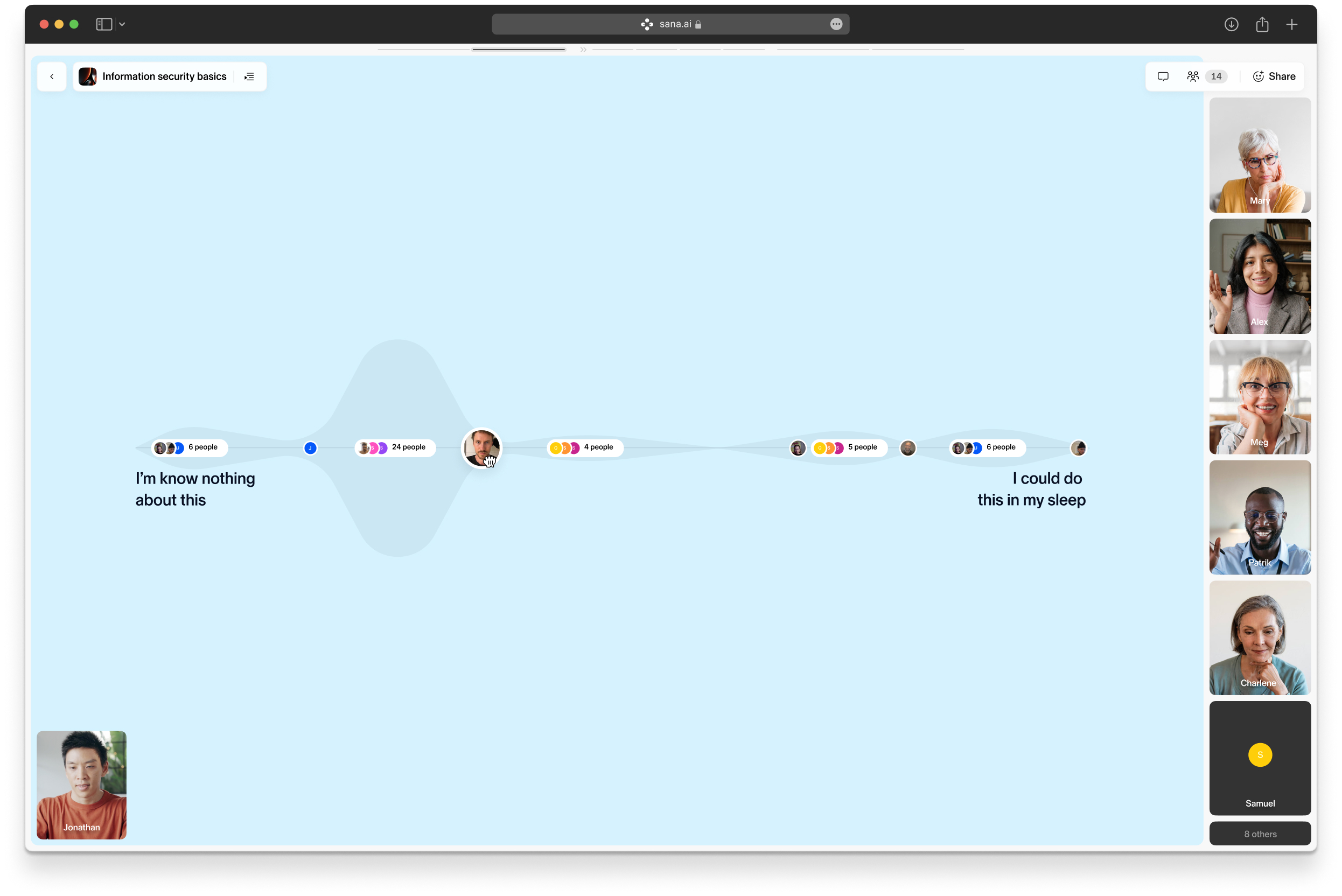
What are flip cards? Cards in Sana function a bit like slides, and for Kano week, we wanted to explore making them more interactive. With flip cards, facilitators can pose questions and then 'flip' the card to reveal the answers. They can even use our AI-powered image generation feature to create unique images that sit behind the answers. These are the kinds of details that make it easier for people to engage with learning. At the end of the day, that's why we're here.
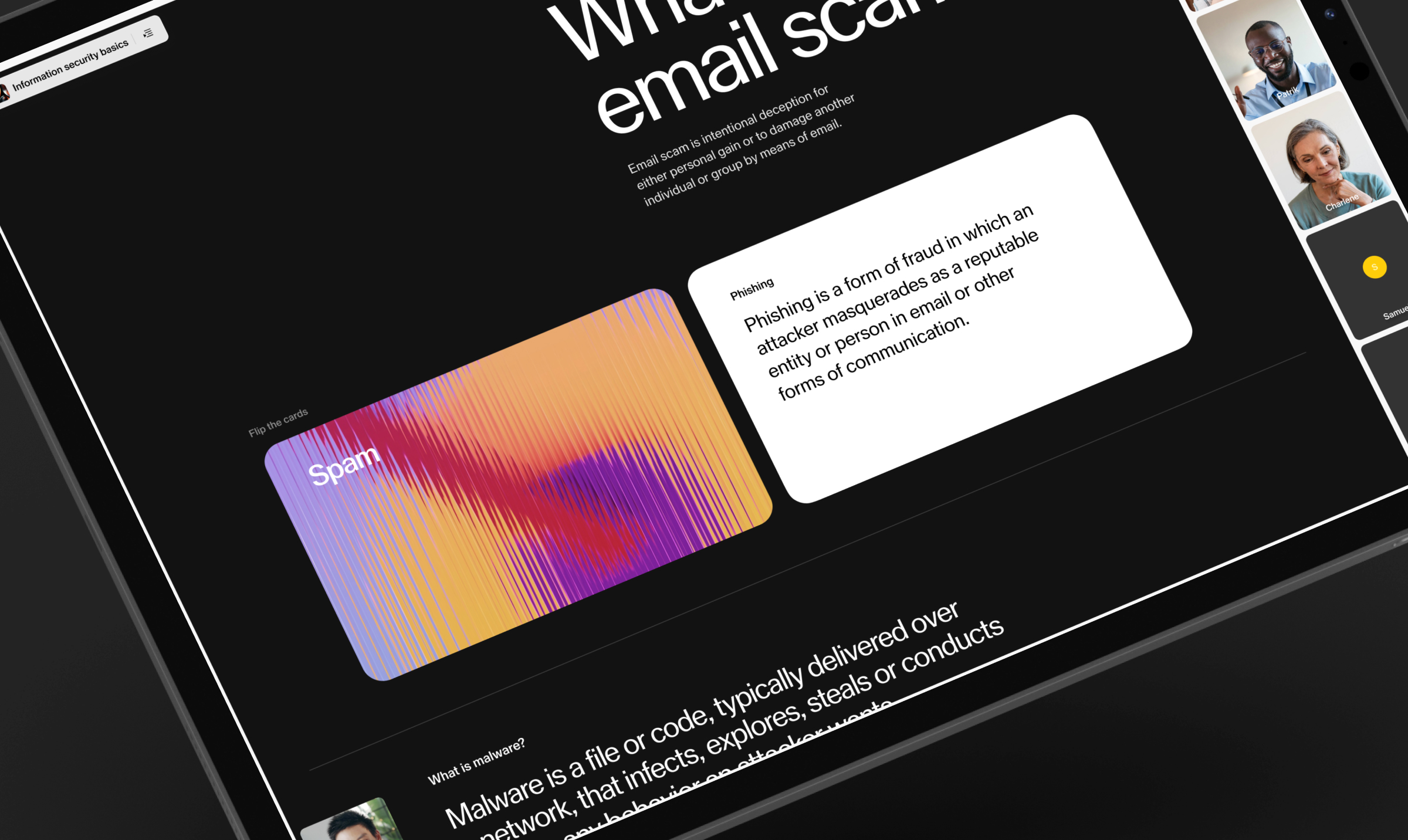
We decided to take all three of these ideas into production. We don't expect teams to produce production-ready features during Kano week, but many reach MVP level and then move into a product team's backlog for the next stage. That's what's so powerful about Kano: what starts as a bold idea can impact users within days or weeks.
–
You can't fluke being creative. You can't pretend to be joyful. Last week, our team had both in spades because we were all present — delighting in the possibility of delighting our users. That's the kind of magic you can make when you choose to play the Infinite Game instead of playing to win. We're grateful to be playing that game at Sana.
Bring on the next Kano!
Leadership principles: your most powerful leadership development tool
Read article